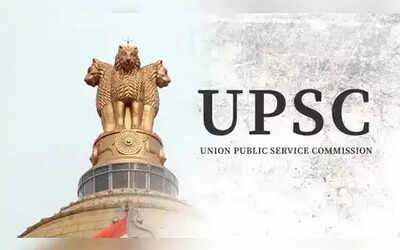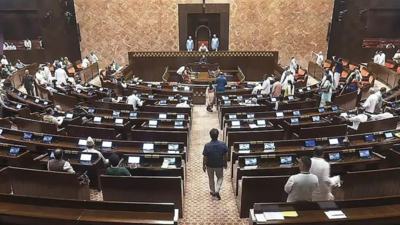Explained: What is Pradhan Mantri Viksit Bharat Rozgar Yojana? Check eligibility & how Rs 15,000 incentive scheme for employees works

What is Pradhan Mantri Viksit Bharat Rozgar Yojana? The Narendra Modi government’s new Employment-Linked Incentive Scheme, officially titled Pradhan Mantri Viksit Bharat Rozgar Yojana, has been launched with an aim to provide comprehensive employment support.“If you’re entering the formal workforce and newly registered with EPFO, the Government of India will support you with a direct incentive of upto Rs 15,000, paid in two parts,” says the government website pmvbry.epfindia.gov.in.The new scheme focuses particularly on manufacturing whilst encompassing all sectors to boost job creation and social security measures.The Pradhan Mantri Viksit Bharat Rozgar Yojana, received approval from the Union Cabinet on July 1, 2025. The programme, allocated with Rs 99,446 Crore, intends to generate more than 3.5 crore employment opportunities across the country within a two-year timeframe.The registration portal for the Pradhan Mantri Viksit Bharat Rozgar Yojana, which was spoken of by Prime Minister Narendra Modi during his 12th Independence Day speech, is now operational. Interested employers can access the Pradhan Mantri Viksit Bharat Rozgar Yojana portal to complete their one-time registration process.The Ministry of Labour & Employment shall oversee the Pradhan Mantri Viksit Bharat Rozgar Yojana through Employees Provident Fund Organisation (EPFO), which operates as a statutory body under the Employees’ Provident Funds & Miscellaneous Provisions Act of 1952.Here are the top facts about the Pradhan Mantri Viksit Bharat Rozgar Yojana:
Pradhan Mantri Viksit Bharat Rozgar Yojana – Two-part scheme
Part A- First Timer: This offers a single-time benefit of up to Rs 15,000/- to support newcomers in mastering their initial learning phase until they achieve full productivity.Part B- Support to employers with focus on manufacturing sector: This employer-centric component promotes sustainable job creation across all sectors. Employers receive incentives for 2 years when generating additional employment opportunities. For manufacturing establishments, the incentive period extends to 4 years.
Who is eligible for the Pradhan Mantri Viksit Bharat Rozgar Yojana?
- Any employee who joins a workplace between August 1, 2025 and July 31, 2027 (both dates inclusive) and;
- has never been a contributing member of Employees Provident Fund with EPFO or exempted trust before August 1, 2025 and
- their first contribution is credited to EPFO or exempted trust starting from wage month August 2025 onwards
- With a monthly salary of up to Rs 1 lakh inclusive of all emoluments received by the employee as per the terms of the employment contract
- Must complete 6 months of employment in the same establishment for first installment of the incentive
How does the Pradhan Mantri Viksit Bharat Rozgar Yojana process work?
- Secure your Universal Account Number via your employer or alternatively through the UMANG App
- Successfully complete a minimum of 6 months in your current employment
- Your incentive payment will be deposited directly to your bank account linked with Aadhaar
- Successfully finish the complimentary Financial Literacy Program within 12 months to qualify for the second incentive payment
What are the benefits of Pradhan Mantri Viksit Bharat Rozgar Yojana?
- This initiative is effective from August 1, 2025, through July 31, 2027, offering financial assistance of up to ₹15,000, disbursed in two instalments to newly recruited individuals.
- Additionally, employers will receive up to ₹3,000 monthly for each new position created.
- For first-time employees under Part A, disbursements will occur through Direct Benefit Transfer (DBT) utilising the Aadhaar Bridge Payment System (ABPS). For employers under Part B, funds will be transferred directly to their PAN-linked accounts.
New registrants must create a Universal Account Number (UAN) using Face Authentication Technology (FAT) on the UMANG App.The scheme offers distinct advantages:For employees:– Job formalisation through expanded social security coverage– Professional training for first-time workers– Enhanced career prospects via continuous employment– Development of financial management abilitiesFor employers:– Compensation for expenses related to new job creation– Improved staff retention and output– Encouragement for social security implementation





